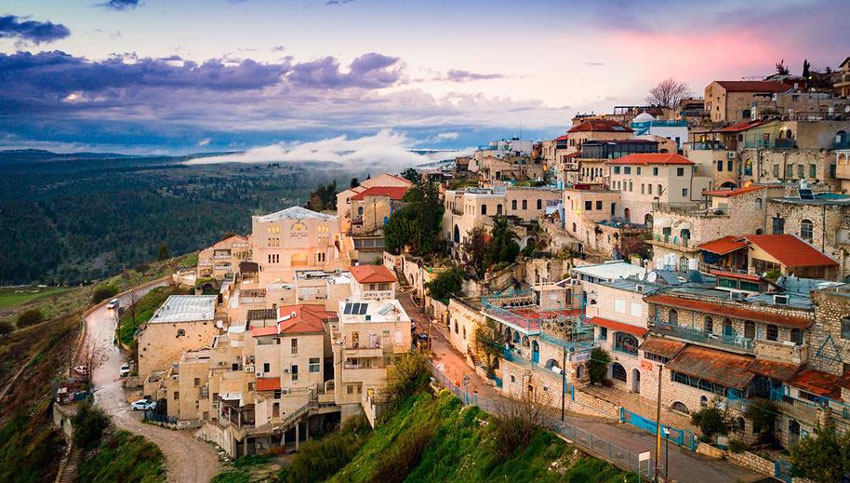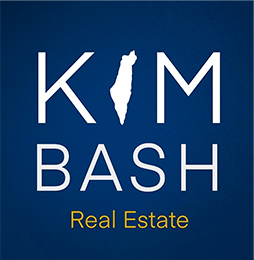KIRIYAT HASHARON
Kiyrat Hasharon is a new and very pleasant neighborhood to live in, part of the City Hall of Netanya. It has only been around for a little over fifteen years. A few years ago almost no one knew of its existence. It had to be said that you lived next to the Academy this academy frequently receives French speakers. For example: Alain Finkielkraut the famous philosopher who no longer needs to be presented. It also has a section for French and English speaking students. Today, having developed strongly, this district has become very popular. It is located 5 to 8 minutes from the beach and the Hastmaout kikar by car and 30 minutes on foot. A train station is also accessible on foot which is important if one has to work in Tel Aviv in Ramat Gan or even in Haifa. The many advantages of Kiryat Hasharonis that living in a quiet area where children can play outside without problems while having all means of transport and sports nearby. But there are many others. The prices of rents or apartments are lower both at the seaside and in Netanya center.
Harish
Harish is located on green hills close to the Iron interchange on Highway 6, at a height of 110 meters above sea level, and a driving distance of 10 minutes from Pardes Hanna-Karkur.
The city’s origin is in Kibbutz Harish, established in the ’80s and abandoned in the early ’90s .After the kibbutz’ evacuation, the Ministry of Construction and Housing laid down preliminary infrastructure for the development of the city of Harish. Additionally, as part of the plan to unify local authorities, a unified local council was established for the communities of Katzir and Harish, despite the relatively large distance between them.
In recent years, especially after the paving of Highway 6, the region saw a significant increase in the demand for housing among young couples and families, who found a home in the surrounding kibbutzim and the various communities in the Pardes Hanna-Karkur area. Harish’s proximity to Highway 6, its location in the heart of the green Iron hills that enjoy continuous air flow and low humidity levels relative to the coastal plain, created renewed interest in the town’s development.
On September 01, 2016, with the establishment of four primary schools and 20 kindergartens and day care centers, the first year of studies opened in Harish. On September 2018, more than 2,600 children attended the city’s 4 schools and 42 kindergartens. Secondary schools, as well as other schools and kindergartens are expected to open later, following the pace of population growth.
During 2017, the main commercial avenue opened (Derech Eretz Ave.) which today includes a supermarket, a variety of shops, sick fund branches, fast food, cafés and more. During 2021, the number of citizens living in Harish reached 25,000.
As a new city, Harish has become an exceptional solution in Israel for young couples and families looking for quality housing at affordable prices, in close proximity and with accessibility to the center of the country.
Tel Mond
Founded over 80 years ago, Tel Mond has developed into a unique suburb with both religious and secular residents. Located in the heart of the Sharon region, Tel Mond is home to a vibrant and active Anglo community. Residents of Tel Mond benefit from being only kilometers away from high-tech job opportunities, shopping centers, and the beach, while also being able to enjoy the calm and luxury of living in a suburban community. Commutable to Tel Aviv and Netanya makes this a very attractive location.
Hashmonaim
Hashmonaim is a beautiful and friendly Orthodox yishuv with a population over 900 families located north of Jerusalem just outside of Modiin. The yishuv began to grow in 1987 and has been the choice of many American olim over the past 20 years. Hasmonaim’s central location (25-minute drive from Jerusalem, 40-minute drive from Tel Aviv, 25-minute drive from Ben Gurion Airport, 10 minute drive from Modiin) makes this yishuv a perfect location for families who want to live right next to Israel’s main metropolitan areas. There is a nice mix of Sfardi and Ashkenazi families from Israel and all over the diaspora with good schools, shuls and community events. Join Kim Bash to meet Anglos living in all areas of Hashmonaim.

Tzfat
Tzfat is not only one of Israel’s holiest cities, it is also the highest city in the Holy Land. Set in the dense pine forests of the Upper Galilee, overlooking Tiberias and the Sea of Galilee, Tzfat is a delicious blend of ancient grandeur and modern-day resort. For thousands of years, the ancient city of Safed was conquered and reconquered – always changing hands. Said to have been founded by one of Noah’s sons after the Great Flood, the city was inhabited by the local Semetic populations throughout the years. Josephus mentions Tzfat as Sepph, a fortified Jewish town in the Upper Galilee. Today, after years of conflict ranging from the Crusaders to the Mamlukes to the British, Tzfat survives – as pretty, vibrant and mystical as ever!
Haifa
Haifa is Israel’s third-largest city, beautifully set on the slopes of Mount Carmel facing the Mediterranean Sea. There are a number of great things to do, including the Bahai Gardens, German Colony, as well as a number of top museums. The city is part of Israel’s so-called “Silicon Wadi”. High-tech companies around the Matam technology park, where Google, Apple and IBM have offices. Popular among English speaking olim are the neighborhoods of Ahuzza, Upper Hadar and Neve Shaanan. Ahuzza areas are fairly affluent neighborhoods and are home to both religious and secular communities. Near to Haifa University, makes this area desirable to international students and expats who make this neighborhood their home. The Upper Hadar is situated halfway between The Central Carmel neighborhood and the Hadar shopping district. Property prices are lower and all major bus routes, the Carmelit route and in close walking distance to shopping, this is an ideal location if you do not have your own car. The Upper Hadar offers wonderful views of Haifa Port, the bay and Galilee. Neve Shaanan is a large residential and commercial center with a selection of suburban shops, supermarkets and restaurants. This area is a very popular choice for English speaking, young immigrant, observant Jewish couples. Join Devorah Benarroch from KIm Bash Real Estate to meet some Anglo’s who are now living in Haifa, Israel. Community & Real Estate information, by Kim Bash
Elezar
Elazar is a town located near Efrat in the Judean Mountains with a population of 350 families.

